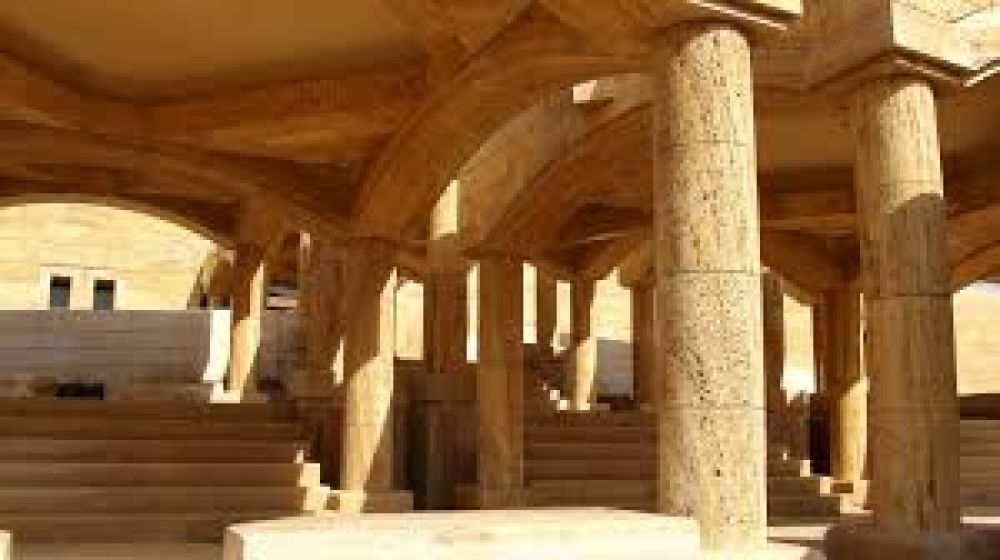

Located alongside one of the most unique bodies of water in the world, the Dead Sea Museum in Jordan serves as a dynamic institution that encapsulates the rich blend of historical, geological, and cultural significance of the area. The Dead Sea, bordering Jordan to the east and Israel and Palestine to the west, has been a focal point for tourism, health, and spirituality for thousands of years.
The Dead Sea has a storied history that dates back to biblical times and has been known for its therapeutic properties. Historical references mention it as a place of refuge and also as a source of products like balm and minerals. Its significance has drawn visitors from across the globe for centuries.
Tourism in the Dead Sea region began to flourish more formally in the late 19th and early 20th centuries. This period saw the beginning of organized travel, with visitors seeking both the healing properties of the mineral-rich waters and the spiritual significance of the nearby historical sites. Health and wellness tourism became a prominent reason for visiting the Dead Sea, with its salt concentration and mineral-laden mud reputed for its healing qualities.
The Dead Sea Museum plays a critical role in educating visitors about the importance of this unique body of water. Exhibits and interactive displays cover topics ranging from the formation and ecology of the Dead Sea to the history and archaeology of the surrounding region. This insight adds depth to the visitor experience, combining relaxation and health tourism with education and cultural appreciation.
In recent years, there has been a shift towards a more sustainable approach to tourism in the Dead Sea area. The region has seen a rise in eco-friendly resorts and spas that promote environmental awareness while still providing the luxury experience that tourists expect. These establishments often participate in conservation efforts, such as the Save the Dead Sea campaign, which aims to raise awareness of the environmental issues facing this unique saline lake.
Today's visitors to the Dead Sea can enjoy a wide range of activities beyond the traditional spa treatments. Adventure tourism has gained popularity, with options for hiking in the surrounding mountains, rappelling, and exploring the numerous nature reserves. The museum continues to be a keystone attraction, providing an enriching and educational backdrop to the natural and leisurely pursuits in the area.
The Dead Sea Museum stands as a testament to the enduring allure of the Dead Sea region. Through the years, the museum has not only contributed to the tapestry of historical and cultural tourism but has also adapted to modern trends, promoting ecological sustainability and a broader range of visitor experiences. As tourism continues to evolve, it will undoubtedly remain an integral part of the narrative of the Dead Sea, drawing visitors with its blend of ancient mystery and contemporary relevance.